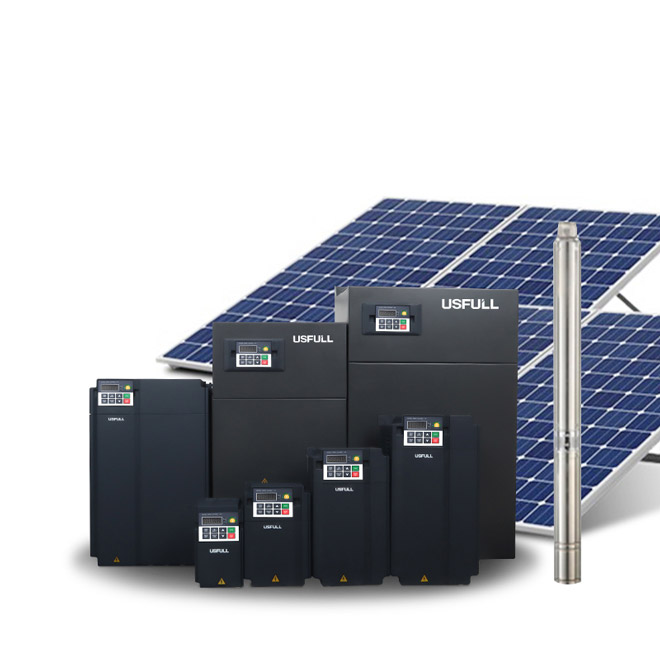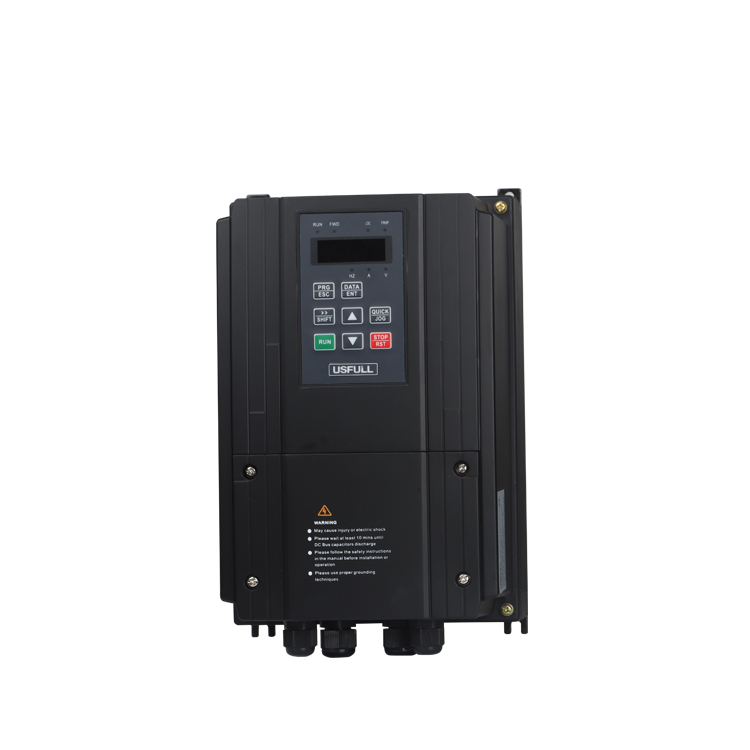Qu'advient-il de l'énergie solaire lorsqu'il n'y a pas de soleil ? Une question simple avec une réponse étonnante.
Bien sûr, les gens ne voudraient pas qu'un panneau solaire soit installé dans leur maison et que la télévision se mette soudain à scintiller alors qu'il y a un petit nuage dans le ciel et qu'ils doivent lire des livres à la lueur des bougies. Faire de l'énergie solaire une option viable est l'une des premières choses que les scientifiques et les ingénieurs doivent résoudre, même si le soleil reste ou disparaît après quelques nuages.
Lorsque les premiers dispositifs capables de capter l'énergie solaire ont été inventés, ils n'étaient pas très efficaces.
Tout comme les écrans tactiles, la vidéoconférence ou les coquilles de tacos aromatisées au Dorito, l'énergie solaire est l'une de ces idées parfaites qui ont mis du temps à se concrétiser. Croyez-le ou non, les premiers dispositifs solaires ont été introduits dans les années 1800.
En 1878, Augustin Mouchot a inventé un dispositif capable de geler l'eau en utilisant la puissance concentrée du soleil. Il s'agissait d'une expérience intéressante, mais pas vraiment d'une option raisonnable ou viable pour la production d'énergie à grande échelle.
Mouchot a remporté une médaille d'or à l'Exposition universelle de Paris pour son invention, mais son appareil était gigantesque et le charbon devenait rapidement la source d'énergie la plus efficace, de sorte qu'il n'a pas été adopté.
L'autre inconvénient de son invention ? Le congélateur solaire ne fonctionnait que par temps ensoleillé (vous l'avez deviné). Mais c'était en 1878. Les choses ont bien changé depuis.
Au cours du siècle dernier, l'efficacité et la faisabilité de l'énergie solaire se sont considérablement accrues, et elles s'améliorent de jour en jour.
Il suffit de regarder ce tableau amusant et facile à lire !
Je sais, je sais, c'est beaucoup à assimiler. Sachez simplement que cela vous montre que, depuis 1975, nous sommes de mieux en mieux parvenus à convertir efficacement les rayons du soleil en énergie qui peut alimenter nos maisons, nos entreprises et même quelques voitures et avions.
Comment l'énergie solaire peut-elle continuer à fournir de l'électricité lorsque le soleil se couche ?
La réponse est assez simple : le stockage.
La réponse est assez simple : le stockage.
La manière dont ils y parviennent est assez étonnante. Les photons (c'est-à-dire les particules de lumière) frappent le panneau solaire très fort - si fort que les électrons (c'est-à-dire ce dont l'électricité est faite) se détachent. Le panneau solaire guide ensuite ces électrons détachés vers une batterie ou un supraconducteur capable de les stocker. Si une région dispose d'un réseau électrique fiable, les propriétaires peuvent simplement y raccorder leurs panneaux solaires. Pour eux, rien ne change par rapport à leur source d'énergie habituelle, si ce n'est (généralement) une facture d'électricité moins élevée.
Beaucoup de gens ne réalisent pas que l'utilisation de l'énergie solaire n'implique pas nécessairement de se couper du réseau, explique Dan Whitson, responsable de l'énergie solaire chez Green Audit USA à Long Island, dans l'État de New York.
Le réseau est assez fiable ici, de sorte que les options de batterie ne sont pas nécessairement rentables à Long Island", a expliqué M. Whitson au téléphone. "Mais c'est quelque chose que nous devons expliquer aux propriétaires : vous savez, vous serez toujours connecté au réseau même si vous avez opté pour l'énergie solaire.
Si des panneaux solaires sont installés sur votre toit, ce n'est pas comme si votre PlayStation y était directement branchée. Les panneaux solaires sont reliés à vos lignes électriques habituelles et contribuent à compenser une partie du coût de l'énergie, ou ils sont reliés à un boîtier qui stocke l'électricité, littéralement, pour les jours de pluie.



